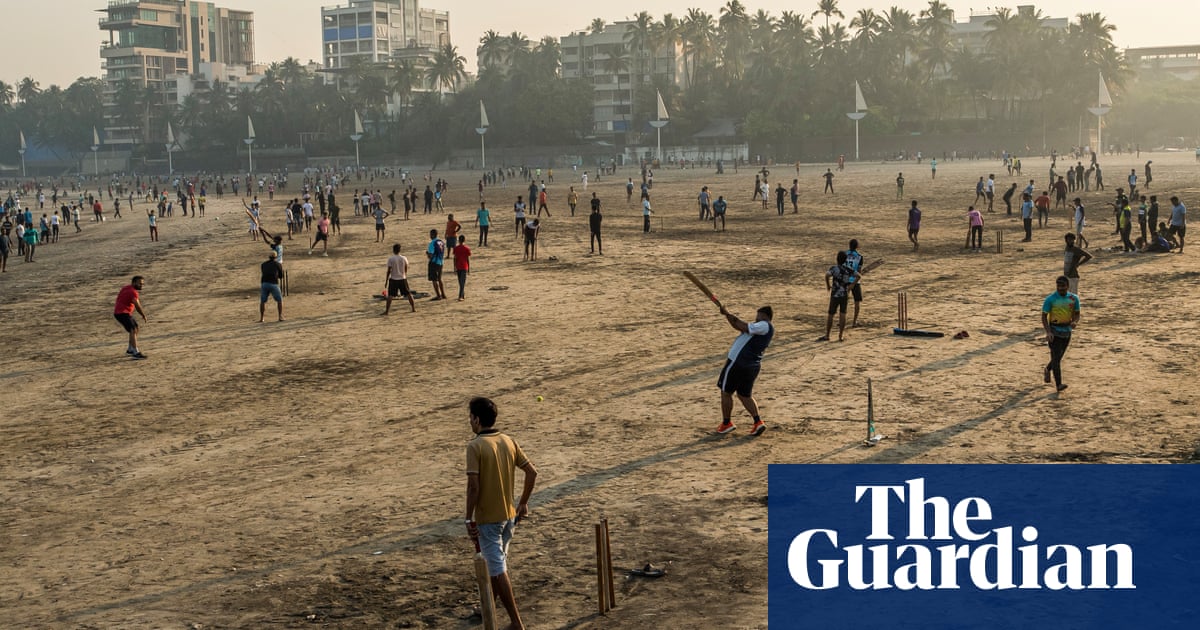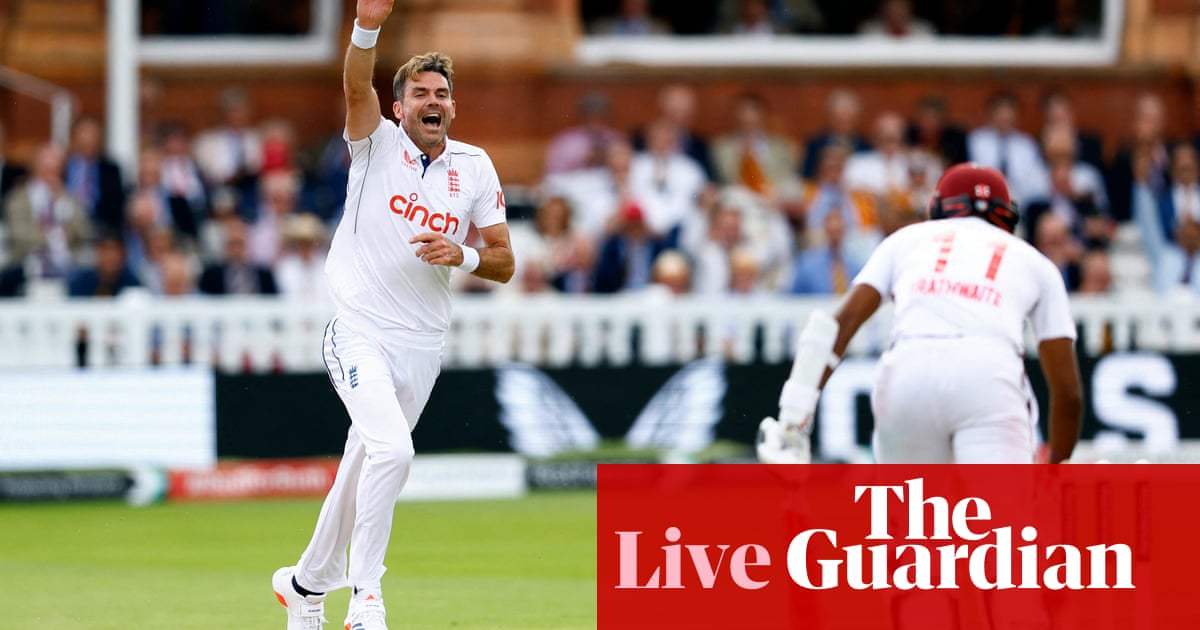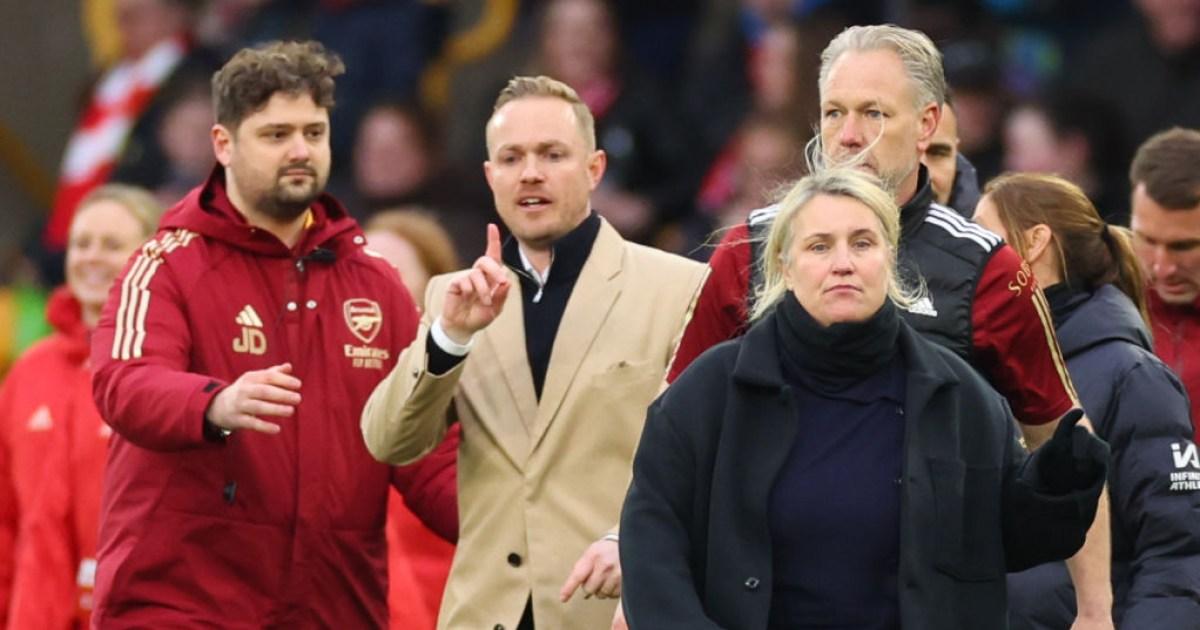Periods and sports bras.
During every single interview I’ve given this week, the male interviewers have winced a little bit whenever these two things have come up.
It came about after the Women and Equalities Committee (WEC) – of which I am Chair – published a report on Tuesday exposing unique challenges that women are facing in sport. These include – you guessed it – poorly-fitting kit and a misunderstanding of menstrual cycles.
In my mind, we have to be able to talk about women’s bodies without the sort of squeamishness that all too often prevails. I can’t quite understand why the term ‘sports bra’ should cause any more excitement or confusion than ‘shin pad’ or ‘mouth guard’.
All of this to say: We’re failing women in sport and they deserve better.
Too many of the problems start on the ground – literally.
It shouldn’t be the case that there are still countless football boots designed and marketed at men and boys, but just a handful on the market with the physiology of women taken into account. After all, it’s the women’s game that is growing the fastest.
But why should we care? Well maybe because female footballers are three to six times more likely than male players to have an Anterior Cruciate Ligament (ACL) knee injury. And in 2022, that saw five of the top 20 female players in the game kept from playing for months because they had this problem.
That has been attributed to a few things – women wearing boots that are just a ‘shrunk down’ version of men’s boots, playing on secondary playing surfaces, and not enough research into women’s sports to properly understand how hormonal changes can impact the body, possibly making ligaments more susceptible to damage.
Perhaps we should also care that only about 8% of all research done on sport involves women-only sport.
In the week we are planning future bids for high profile sporting events like the FIFA Women’s World Cup, we should be focussed on levelling the playing field for women.
I remember how much the Lionesses inspired us all during the World Cup last year. I believe we can build on their success to get a whole new generation of girls involved in the game.
Getting girls moving and keeping them active remains a struggle – from preschool to the difficult teenage years – and it is tragic that there is even such a phrase as a ‘gender play gap’. Shockingly, 70% of girls will not be playing sport by the end of puberty, which is double the number of boys in that same age group.
We all know the benefits of physical activity that releases endorphins to help us feel better. Getting your heart rate up is good for physical well-being, and keeping moving helps joints and fends off osteoporosis.
It’s no wonder there’s a ‘gender play gap’ when things like kit remain so cumbersome.
Sure, Wimbledon made small strides recently after it changed its all-white dress code to allow women players to wear dark-coloured undershorts in a bid to ease anxiety about periods.
But what about other sports – like horseracing? We still expect jockeys to wear white breeches, despite it being the most impractical colour on a muddy racecourse. Why on earth should that be the case?
If Wimbledon – that great bastion of all-white clothing – can accommodate dark shorts, surely Cheltenham, Aintree and Ascot could follow suit?
Hockey and athletics have joined the kit revolution, with a rule change meaning shorts are an alternative to the traditional dress-style hockey skort, and watching the World Athletics Champions last year, I was struck by the sheer range of kit worn, with a wide variety of lengths and types.
That is why we need joined up thinking across Government. I want the Departments for Culture, Media and Sport and Education to really ensuring that everything from school PE to grassroots sport is part of the same strategic approach.
My brilliant colleague Tracey Crouch – an expert on all things football – has long advocated a Ministry for Wellbeing, which would take elements of sport and health out of their current departments.
While I am not generally an advocate of moving the deckchairs for the sake of it, there is real merit in this instance.
If we recognise that feeling physically better correlates with feeling better mentally we can save the NHS money, give our girls the best start in life, and maybe even begin to tackle the Mental Health crisis in the UK.
Do you have a story you’d like to share? Get in touch by emailing Ross.Mccafferty@metro.co.uk.
Share your views in the comments below.
MORE : Rishi Sunak addresses rumours that the General Election will be in May
MORE : This is how much women would earn if we were paid for disproportionate childcare










